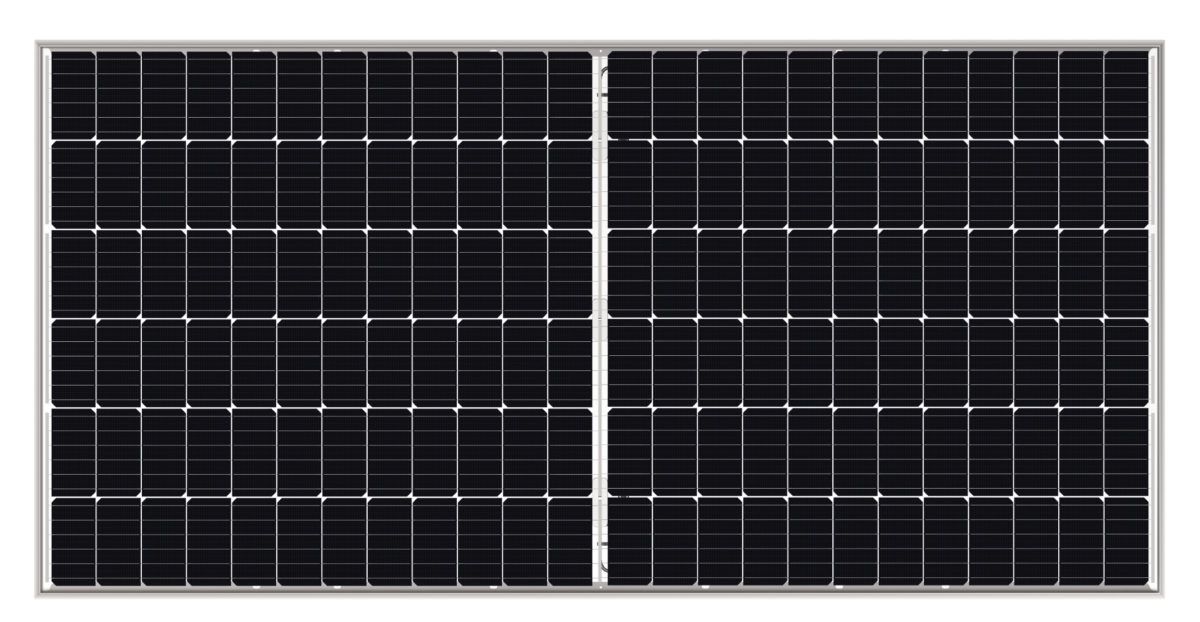Longi claims 33.9% efficiency for perovskite-silicon tandem solar cell - pv magazine International
(www.pv-magazine.com)
from schizoidman@lemmy.ml to technology@lemmy.ml on 06 Nov 2023 06:15
https://lemmy.ml/post/7565579
from schizoidman@lemmy.ml to technology@lemmy.ml on 06 Nov 2023 06:15
https://lemmy.ml/post/7565579

#technology
threaded - newest
This is the best summary I could come up with:
Longi said this week that it has achieved a power conversion efficiency of 33.9% for a perovskite-silicon tandem solar cell.
The company said that NREL has confirmed the results, which represent a world record for this cell typology.
The previous record was held by Saudi Arabia’s King Abdullah University of Science and Technology (KAUST), which achieved a 33.7% efficiency for a device with the same configuration in June.
“The theoretical efficiency of perovskite-silicon tandem cells is 43%, which makes them the most feasible alternative to current mono-junction silicon cells,” said Longi President Li Zhenguo, without providing technical details.
The European Solar Test Installation (ESTI) certified the results, which represented a significant increase on its previous 31.8% efficiency rating, which was announced during the SNEC conference in late May in Shanghai, China.
Longi has broken the world record for solar cell efficiency 15 times since April 2021.
The original article contains 181 words, the summary contains 146 words. Saved 19%. I’m a bot and I’m open source!
I am not going to pretend to be smart enough to understand any of it but I think it’s good news?
I would be keen to have solar panels or a solar array on my property but they are so damn expensive.
The theoretical limit we can get out of the sun with panels is 40-45% so we are getting pretty close to that.
Do you know what is theoretically limiting it to 40-45% in the physical process we are using?
The materials that do the absorption are not effective across the entire wavelength spectrum of the sun. They can only absorb at a certain wavelength range, but the spectrum range of the sun is very wide.
Edit. Also other reasons, like recombination rate where the photon hitting the panel generates an electron-hole pair which is then collected and used for evegy, but electrons and holes tend to want to recombine, after which we cannot use them for evergy. We want this rate to be zero, but it never is, it is a probabilistic process. So even if you can absorb everything, you can’t utilise everything you absorb.
In my very limited understanding there are too many loses between material to endpoint. The old limit used to be 35% before they made new materials so maybe we can improve the potential in future.
Apparently commercially available solar panels are around 20% efficiency.
css.umich.edu/…/photovoltaic-energy-factsheet#
Yes. It is not 1:1 especially on these test conditions, but currently the truthful seller says the real-world effiency-% is around 15%. So probably with this new technology we can start saying the real-world effiency-% as around 20%, which is significant leap.
This is interesting but issue with Perovskites is not efficiency per say, but it is degradation. It is a cool tech but their lifetime is measured in months and not decades. Here’s one study for instance. Perovskites might be where the tech is going but there are still major hurdles to overcome.